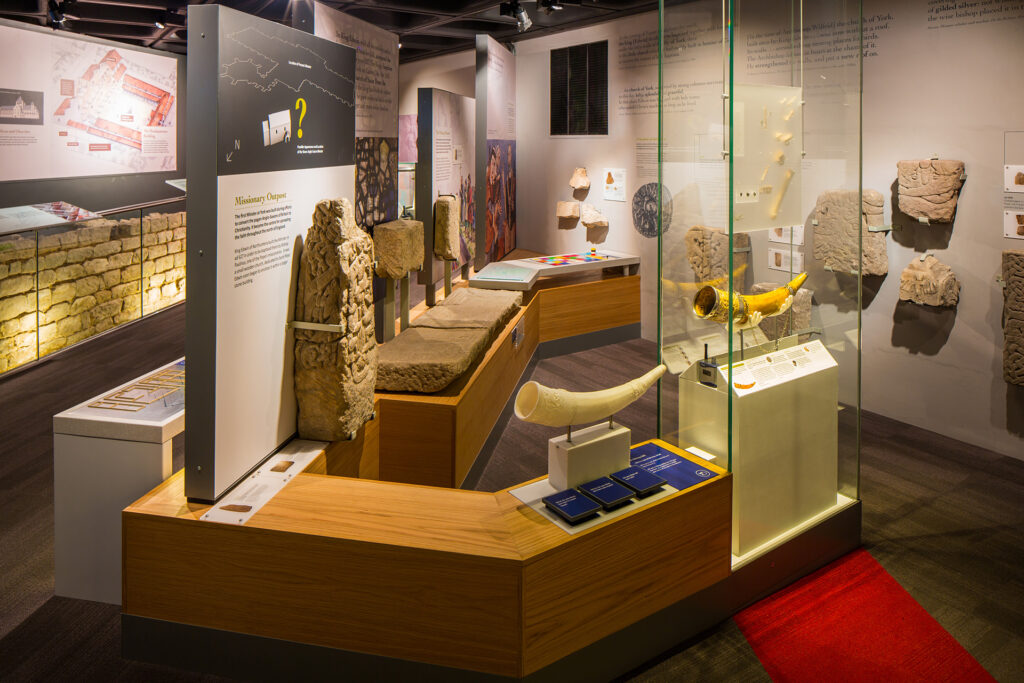From a broad understanding of museums before looking deep into the subject is that a museum is an institution that preserves and displays historical or scientifical artifacts for the general public to see, learn, and understand. There are many different genres of museums such as art, history, cultural, etc. Even though museums had a past of controversy such as taking away sacred artifacts from their respectable home countries, it has evolve to where museums have start to learn from it’s dark past by learning it’s mistake and learning how to respect one’s culture and precious artifacts. Taking in that broad understanding what museums are, I will discuss what I personally think what museums are in my opinion. Ever since I was young, I always thought that museums were just another different type of school. Instead of sitting in a class room for hours and listening to the same teacher talk for hours as well like any other primary or secondary school, museums are schools that give students the freedom of interact with certain exhibits on a personal level. When I was 13 years old, I began volunteering at the Imaginarium Discovery Center which is part of the Anchorage Museum. As a volunteer, I helped set up science activities for all ages to learn and understand. Not only I got to experience what it was like teaching to the general public at a museum, but I also learned why these science activities were important in general.
Besides learning what’s it like to volunteer at a museum in the science field, I explored many museums as a tourist and (in a sense) a student. Last summer, I had the chance to go to England and explore many historical sites and museums. One of these historical sites that had it’s own museum under the crypts of York Minster. While I was exploring and learning from the little museum, I saw a student from the University of York studying and scanning each supportive pillar of the minster. With my curiosity on fire, I approached and asked the student what was he scanning with his high tech device and why were the pillars of great concern to him, the university, and to the cathedral. There I learned about the history of the pillars, the conditions of them, and why studying the slowly eroded pillars were of great concern. It was very exciting for me to learn of the importance of those pillars and even more exciting to connect with another university student.
Not only museums are just a place to learn and look at artifacts for the general public, but museums are an evolving school where teachers and other museum workers not only teach but learn and research along with the general public to not only just learn but to become inspired and possible teach it to others; such as the student from York University taught me at the crypts in York Minster. Overall, museums are just another form of an educational institute where the general public from all ages can learn and become inspired of most forms of educational subjects.
Question: What educational subject do you like to explore at a museum? Is it, history, art, science, or something else?


The crypts under York Minster look fascinating! Thanks for sharing your experiences and your joy in connecting with another student – I’m sure they also appreciated that you were so curious you took the time to be interested in their work! If I’ve learned anything about “museum people” in my 29 years of working in museums, it’s that we LOVE to talk about our personal connections to museums!
I really like your observation about museums being places where people have the “freedom” to learn in a personal way. This is, I think, a great way to describe how people work their way around museums, and it presents a unique challenge for museum curators and educators in how we present our content to the public – we have to be conscious to the fact that people learn in many different ways and we have to provide various “access points” to that content in our exhibits, programs, and research, whether that’s based in visual, written, data, or other sensory modes of delivery. The public has the freedom to relate to our collections in so many ways!
Hannah I also agree that when I was younger I thought of museums as a place where you did school-like learning in an out-of-school setting. I also thought they were a great reason for a field trip. As I’ve grown older I’ve started to see museums as a tool for regenerative learning. When I visit a new place, I don’t like to think of the museum as the rainy-day activity, it’s an essential part of my vacation to fully understand the place I am visiting. I also love seeking out museums that have exhibitions that align with my interests. I will drive pretty far to see a Monet painting, or to learn more about WWII. These are subjects that I don’t professionally have any stake in – they are just things that I enjoy learning more about!